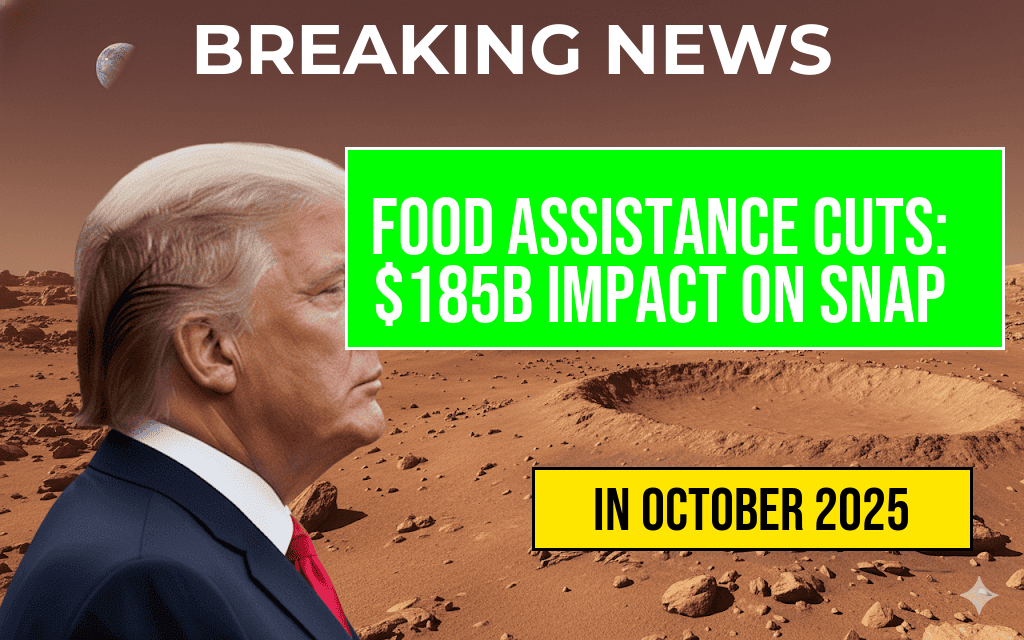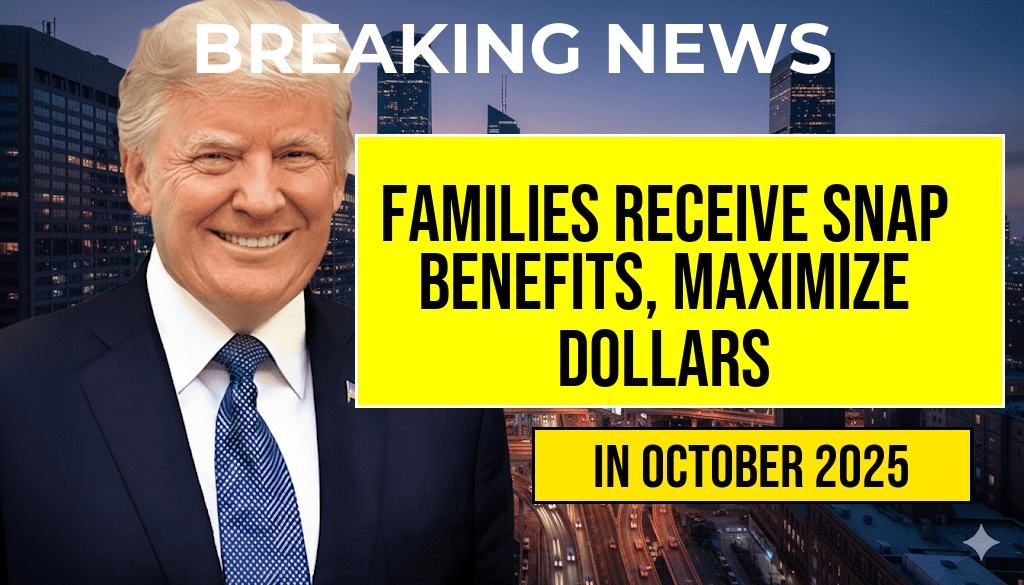The recent legislative changes have cast doubt on the stability of the country’s food assistance programs, particularly the Supplemental Nutrition Assistance Program (SNAP). A new bill has authorized cuts totaling approximately $185 billion over the next decade, significantly impacting millions of Americans relying on these benefits. For a typical two-person household receiving the average benefit of $546 per month, this reduction could translate into a substantial decrease in purchasing power. Experts warn that such cuts threaten to increase food insecurity, especially among vulnerable populations already facing economic hardship. As policymakers debate the future of federal food aid, families across the country are confronting the reality of diminished support amid rising food prices and ongoing economic uncertainty.
Legislative Changes and Budget Reductions
The legislation, passed by Congress and signed into law earlier this year, aims to trim federal spending on social programs, including SNAP. The austerity measures, part of a broader effort to reduce the national deficit, remove approximately $185 billion from the program’s projected funding over ten years. The cuts are primarily targeted at the program’s administrative costs and benefit levels, with some states experiencing more significant reductions than others.
Impact on SNAP Benefits
| Scenario | Monthly Benefit | Annual Total |
|---|---|---|
| Pre-Cuts | $546 | $6,552 |
| Post-Cuts (Estimate) | $480 | $5,760 |
This table illustrates the potential reduction in monthly benefits from approximately $546 to around $480, which could mean a loss of about $66 per month or over $750 annually for a typical household.
Distribution of the Cuts
The reductions are uneven, with some states experiencing more severe decreases depending on local administrative budgets and policy implementations. For example, states with higher populations of low-income families could see more pronounced effects, exacerbating regional disparities in food security.
Implications for Food Security and Public Health
Experts warn that these benefit reductions could lead to increased food insecurity, especially among households already struggling to meet basic nutritional needs. According to data from the Feeding America network, nearly 11% of American households experienced food insecurity in 2022. The loss of even a modest amount of assistance can have outsized effects on these families’ ability to access healthy food options.
Potential Ripple Effects
- Health Outcomes: Reduced SNAP benefits have been linked to higher rates of hospitalization and chronic health issues among low-income populations.
- Educational Impact: Children in food-insecure households often experience difficulties concentrating and performing academically, which can hinder long-term development.
- Economic Strain: Lower benefits may force families to allocate more of their limited income to food, reducing funds available for other essentials like housing and healthcare.
Responses from Stakeholders and Policy Experts
Advocacy groups, public health officials, and some policymakers have voiced concern over the legislation’s long-term consequences. The Washington Post reports that several organizations are calling for legislative adjustments to soften the blow to vulnerable populations.
Arguments Against the Cuts
- Increased risk of hunger and malnutrition among low-income families.
- Potential rise in healthcare costs due to diet-related health issues.
- Negative impacts on children’s educational and developmental outcomes.
Counterpoints and Justifications
Proponents of the cuts argue that reducing federal expenditures is necessary to balance the budget and encourage self-sufficiency. They contend that the existing benefits, while vital, may be inefficiently allocated or encourage dependency, though critics dispute these claims.
What This Means for Your Household
For families receiving SNAP benefits, especially those with two members, the reduction may feel tangible. A decline from $546 to roughly $480 per month could mean less flexibility in purchasing fresh produce, meats, and other nutritious foods. With food prices continuing to rise—food inflation hit an 11-year high in 2023—these cuts may force households to make difficult choices or seek additional assistance from local food banks and community programs.
Resources and Support
Families facing these changes are encouraged to explore local community resources, including food pantries and assistance programs. Additionally, some states are offering supplementary aid or temporary benefits to mitigate the impact of federal cuts. More information can be found at USDA’s SNAP outreach page.
As lawmakers continue to debate the future of federal food assistance, the immediate effects of these reductions highlight the fragile safety net many low-income Americans rely upon. Maintaining access to sufficient, nutritious food remains a pressing challenge amid evolving policy landscapes and economic pressures.
Frequently Asked Questions
What is the main reason for the recent legislation cuts to food assistance programs?
The recent legislation cuts are primarily driven by policy decisions aimed at reducing federal spending, resulting in a $185 billion reduction in funding for food assistance programs.
How will the $185 billion cut affect SNAP benefits for two-person households?
The cuts are expected to reduce the average $546 monthly SNAP benefits for two-person households, potentially impacting their ability to purchase sufficient food.
Who will be most affected by the reductions in food assistance?
Vulnerable populations such as low-income families, elderly individuals, and people with disabilities are most likely to experience significant hardship due to the funding cuts.
What are the potential implications of these legislation cuts on food security?
The reductions could lead to increased food insecurity, higher reliance on charitable food programs, and greater financial strain on affected households.
Are there any alternative assistance programs available for those impacted by the SNAP funding cuts?
Some state and community programs may offer additional support, food banks, and emergency assistance, but access and eligibility vary. It is advisable to explore local resources to supplement SNAP benefits.






